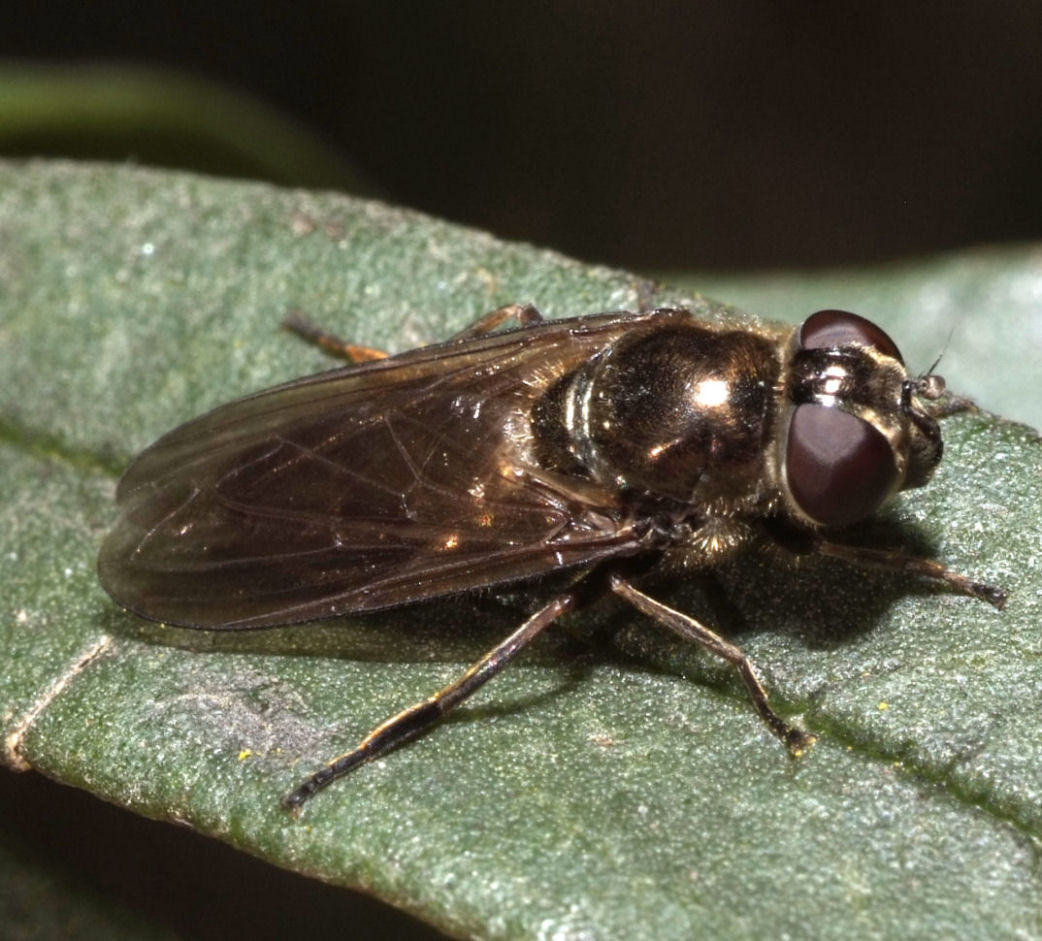Diptera.info :: Family forums :: Syrphidae
Who is here? 1 guest(s)
|
Cheilosia morio (ID Ectemnius); SW Spain
|
|
| Andre Burgers |
Posted on 14-11-2013 08:23
|
|
Member Location: Minas de Riotinto, Huelva Province, Spain Posts: 1116 Joined: 23.04.10 |
I hope something could be said about this Cheilosia.  Mediterranean woodland with Pinus pinea, Quercus ilex, Quercus suber, Cistus, "genistoids", Erica... March 2013: Andre Burgers attached the following image:  [180.6Kb] Edited by Andre Burgers on 14-11-2013 17:06 errare humanum est sed perseverare diabolicum |
|
|
|
| Andre Burgers |
Posted on 14-11-2013 08:24
|
|
Member Location: Minas de Riotinto, Huelva Province, Spain Posts: 1116 Joined: 23.04.10 |
And a second shot:
Andre Burgers attached the following image:  [170.28Kb] errare humanum est sed perseverare diabolicum |
|
|
|
| Ectemnius |
Posted on 14-11-2013 13:21
|
|
Member Location: The Netherlands Posts: 865 Joined: 22.11.11 |
Hello Andre, This looks, at first glance, mightily interesting! In the above photo it looks like a member of the Illustrata-group. The eyes and facial knob are haired and the legs are partly pale. What strikes me the most is the broad face. There is only one species I know in this group with an exceptionally broad face: Cheilosia morio. A species where the larvae live in the resin of pine trees (unlike other cheilosia species where larvae live in and of plant and mushrooms) The species has two forms (form A and B) sensu Bartsch et.al. 2009. The species will be split into two species. The specimen shown here belongs to C. morio form A, because the face is haired. Greetings, Ectemnius Edited by Ectemnius on 14-11-2013 13:22 |
|
|
|
| Andre Burgers |
Posted on 14-11-2013 17:05
|
|
Member Location: Minas de Riotinto, Huelva Province, Spain Posts: 1116 Joined: 23.04.10 |
Ectemnius, Your answers surpasses my wildest dreams. As the species isn't split yet, I will name morio. Thank you very much!! Groetjes, André errare humanum est sed perseverare diabolicum |
|
|
|
| Ectemnius |
Posted on 19-11-2013 08:59
|
|
Member Location: The Netherlands Posts: 865 Joined: 22.11.11 |
Hello Andre, Now that I've examined the literature I see that the one with the haired face is in fact Cheilosia morio B. Another curious thing: the antennae in the depicted specimen are black. All females I've caught in The Netherlands and Belgium have bright red antennae. Both Bartsch 2009 (whom describes the Scandinavian Syrphidae) and Pennards 2012 (who documents the first find of the species in the Netherlands) do not explicitly mention the species as occurring in the Iberian peninsula. That makes this a very interesting find! Did you collect any specimens? Because this is so interesting that further investigation is warranted.  Greetings, Ectemnius |
|
|
|
| Jump to Forum: |












